‘Experiences aren’t given us to be “got over”, otherwise they would hardly be experiences.’ The opening sentence of the first draft of The Bookshop, published in 1978 when Penelope Fitzgerald was 62, didn’t survive in the finished version, but its author had found her voice, and, in a way, her subject. She had learnt how to look back.
She had begun publishing only four years earlier, with a life of Edward Burne-Jones. There followed a thriller, written to amuse her husband as he lay dying, and a second biography, The Knox Brothers. This was about her father, ‘Evoe’ Knox, editor of Punch and author of light verse, and his three brothers, two of whom became priests in different denominations. The book portrayed a group of gifted motherless children rattling around their father’s Edwardian rectory: ‘The boys were beginning to resemble savages, speaking Latin and Greek.’ The youngest, Ronnie, asked, aged four, what he liked doing, replied: ‘I think all day, and at night I think about the past.’ Fitzgerald’s interest in the battle between intellect and emotion, the closeness of belief to its opposite, and her ear for understatement and desperate cheer are all evident in this family memoir. But it was as a late-flowering novelist that she would refine these interests into lucid and extraordinarily compressed works of art.
Fitzgerald’s eight novels were attended with plaudits and prizes in marked contrast with the invisibility of the people she wrote about, or the self that she presented to the world. All her work played variations on the theme of minders not mattering, and matterers not minding. She was the miracle-worker in the middle of that bleak adage.
Why did it take her so long to get going? We learn that, accustomed to the unusual at home in Hampstead, she was miserably brilliant at Wycombe Abbey. Sometimes the worlds collided. When her uncle Dillwyn Knox, a distinguished cryptographer, was late returning her to school, a furious housemistress said, ‘Rules are made to be kept.’ ‘But they are defined only by being broken,’ he replied.
Penelope (‘Mops’) Knox went up to Oxford under the black cloud of her beloved mother’s early death. Her father would never speak of this calamity and remarried shortly afterwards to the much younger daughter of his colleague, the illustrator E.H. Shepherd. ‘All the evidence suggests that Penelope, eventually, got on extremely well with her stepmother,’ writes Lee, but Mary Knox’s voice, like so many others, is oddly absent from this story. Fitzgerald left Somerville in 1938 with a congratulatory first, friends for life and the sang-froid to declare, ‘I have been reading steadily for 17 years; when I go down I want to start writing.’
She did write, reviews for Punch and scripts for the BBC, but experience got in the way of anything longer. In 1942 she married Desmond Fitzgerald, a young Irish Guards officer, who went off, almost at once, to North Africa, and returned with an MC, night terrors and incipient dipsomania. He was called to the Bar, but never prospered. In 1950 the Fitzgeralds jointly took over the editorship of the World Review, a monthly cultural magazine. They lived beyond their means in happy chaos in a large house in Hampstead with three young children.
Penelope seemed completely in her high-brow element, though food was often scarce and Desmond was drinking too much. She immersed herself in a wide range of writers, including Camus, Moravia and, later, Beckett. When her reviewing life began again in the 1980s, Fitzgerald tended to be given big books about the Victorians she had been teaching for years, or the Arts and Crafts movement, which she revered, or Bloomsbury, about which she was more ambivalent. Her interest in the post-war European avant-garde re-emerged in the unsettling and un-English obliqueness of her fiction.
By 1957 the Fitzgeralds were broke and left Hampstead abruptly, the first of several flits. The following years were makeshift, even by bohemian standards. There was a spell in Southwold, Suffolk, where Penelope worked in a bookshop. The children roamed the marshes, and sat outside pubs waiting for their father. If money was short, rows were not. In 1960 they pitched up in a barge on Battersea Reach, where often it was just Penelope and the girls. Her son escaped to boarding school, where he was freer to be crosser; her husband came and went. Penelope began work as a teacher, first at a stage school, then at Queen’s Gate and Westminster Tutors.
All these experiences surfaced in her first four novels. Hermione Lee, dependably inventive in matters of biographical structure, gives herself two runs at each of the early novels — plundering them first as guides to a life which left few obvious clues but many Delphic fragments, and then reviewing her plunder transmuted into remarkably finished works of art.
Offshore (1979), set on the Thames barge, casts a charged chiaroscuro over a particularly painful period without revealing its sources. In 1962 Desmond pleaded guilty to pinching and encashing cheques destined for his more successful colleagues. He was disbarred and ejected from chambers. His brother, who had been a mucker, paid off his debts and never spoke to him again. Penelope appears not to have spoken to anyone else. Six months later her decrepit barge sank and a lifetime’s accumulation of letters and papers were swept away. It was a catastrophe, but it may also have been a sort of camouflage. The loss of their home and everything in it became the terrible thing which happened to the Fitzgerald family at this period, and the explanation both for what happened next and for the gaps and silences that would hereafter attend any reference to the past.
Penelope and her daughters were put up in a series of local authority homeless shelters before eventually moving into a council flat in Clapham, Lee reports, but does not substantiate, hints that Desmond served time in prison before re-joining the family in Clapham, where they stayed for 11 years. All this time Penelope taught at Westminster Tutors, and there are vivid glimpses of her at work both in the margins of her teaching books, talking to the writers she never stopped reading, and in the classroom, warming her sausage rolls on the radiator in the period leading up to lunch. She cared more for the books than for her pupils; it made her a teacher whom few (except Anna Wintour) forgot.
Desmond found humble work with Lunn Poly, facilitating cut-price forays abroad in the lean years which followed. The marriage appears to have settled into something companionable and kind. Desmond shared her interests and was on hand to help with bits of research. All the children, meanwhile, went to Oxford, and married young.
Penelope was undemonstrative in person, but her letters to both her daughters are full of affectionate yearning as well as fond anecdotes about their hopeless father. She had a more difficult relationship with her son, who didn’t keep her letters. Except for a brief period of her own choosing in the early 1980s, she lived with one or other of her married daughters all the years of her widowhood and writing life. She died in 2000.
Her story is a gift to the literary biographer: her oeuvre is manageably compact, intensely personal, its effects challengingly mysterious. The later part of this book expands into Lee’s absorbing appreciation of the last four novels. From the introduction of Gramsci in Innocence to the culminating mastery with which, in The Blue Flower, Fitzgerald enters into the life of Novalis and his circle, these novels, all set in other times and places, take the meshing of biography and fiction somewhere startling and new.
In other respects, as Lee gracefully acknowledges, Fitzgerald eludes her biographer, as in her lifetime she baffled interviewers by taking a sponge-bag to Booker dinners and saying she would spend the prize money on an iron. Lee’s scoop, in vulgar terms, is the tale of Desmond’s disgrace, which has not been told before, but her unease in telling it is palpable. It is as though, having looked in vain for a paper trail, she is in a hurry to get to the other side of the story, and close it down.
The combination of scholarly caution and (presumably) familial reticence has resulted in a book that is full of interest but also holes. In 1952 the World Review called for writers who ‘are interested in human behaviour and its results rather than in motives and “states of mind”.’ Unusually, perhaps, for a literary biography, Lee’s Life fits this prescription.
Got something to add? Join the discussion and comment below.
Get 10 issues for just $10
Subscribe to The Spectator Australia today for the next 10 magazine issues, plus full online access, for just $10.
Available from the Spectator Bookshop, £19.95. Tel: 08430 600033
You might disagree with half of it, but you’ll enjoy reading all of it. Try your first month for free, then just $2 a week for the remainder of your first year.

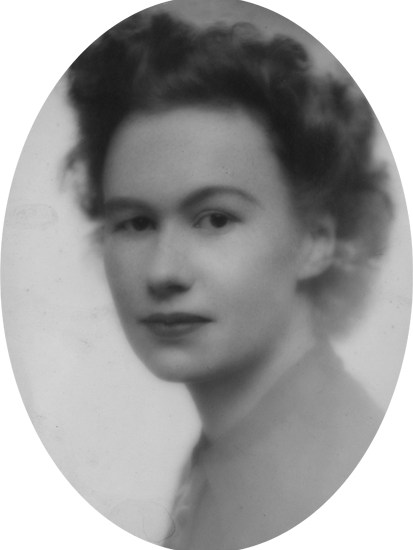
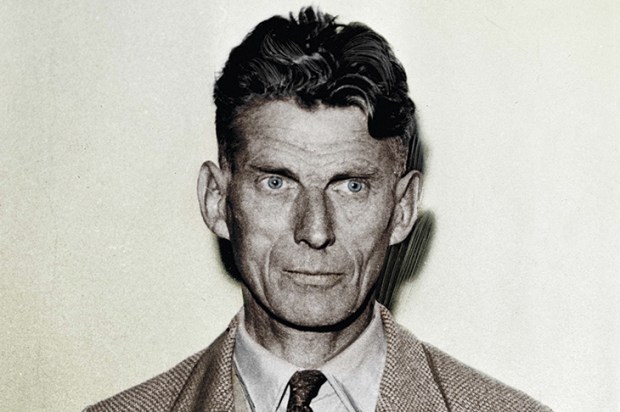
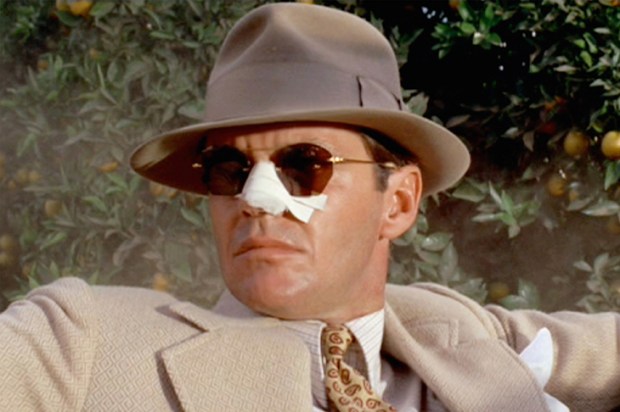
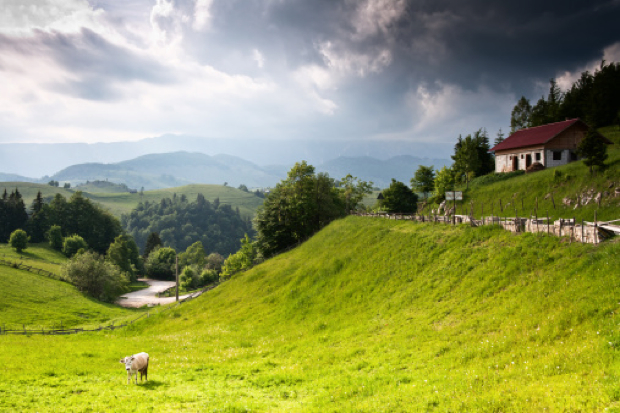
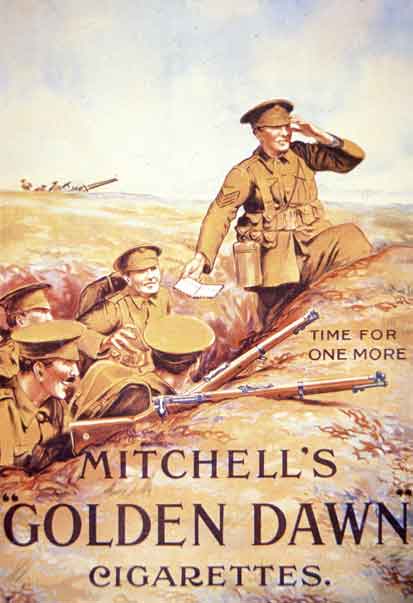
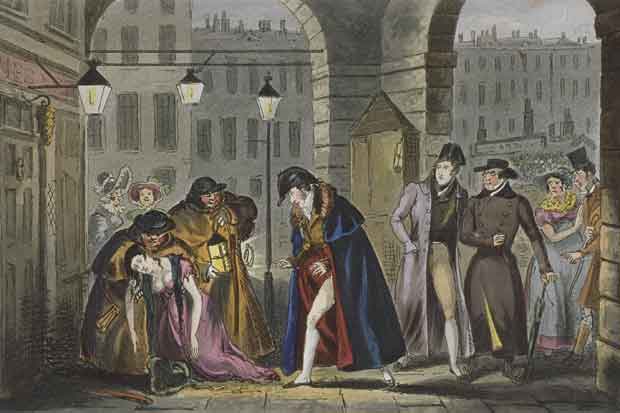







Comments
Don't miss out
Join the conversation with other Spectator Australia readers. Subscribe to leave a comment.
SUBSCRIBEAlready a subscriber? Log in